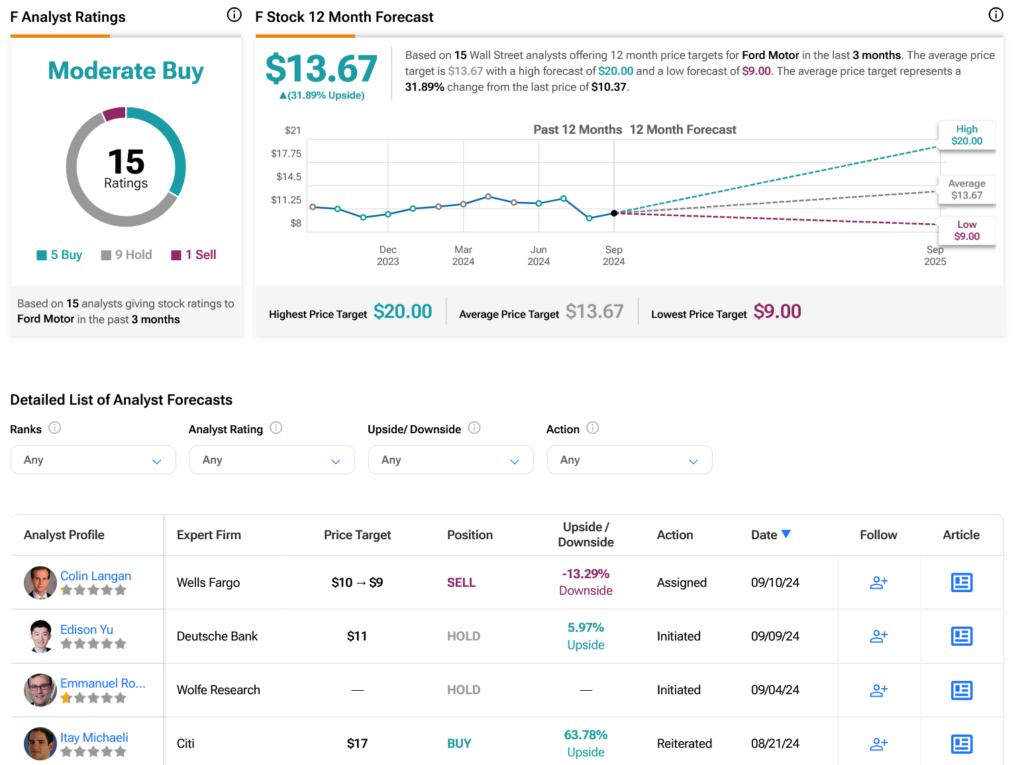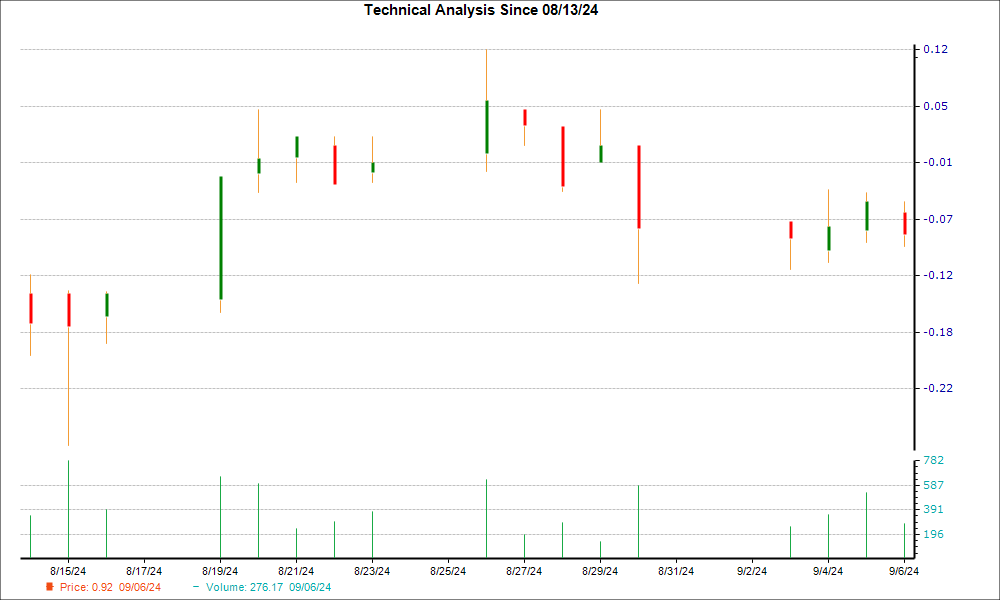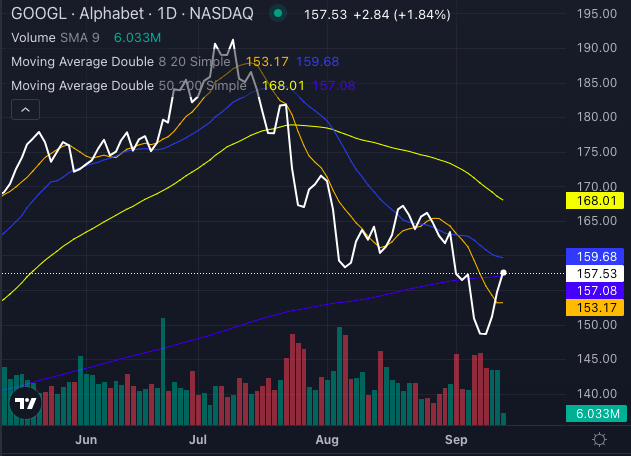Social Security recipients get an annual cost-of-living adjustment (COLA) to protect the buying power of benefits from inflation. The Social Security Administration can’t calculate the official 2025 COLA until the Labor Department publishes the Consumer Price Index data for September. That will happen on Thursday, Oct. 10, at 8:30 a.m. ET.
However, The Senior Citizens League, a nonprofit advocacy group, estimates that benefits will increase 2.6% next year. Should that estimate prove correct, it would be the smallest raise (as measured in percentage points) for retired workers since 2021. However, that hypothetical 2.6% COLA would translate into a bigger raise (as measured in dollars) for retired workers in certain states.
Read on to see the 10 states where retired workers will likely receive the largest COLAs in 2025.

Image source: Getty Images.
Social Security benefits depend on lifetime income and claiming age
The Social Security benefit paid to a retired worker is based on their lifetime income and claiming age. Specifically, a formula is applied to the inflation-adjusted earnings from their 35 highest-paid years of work to determine their primary insurance amount (PIA). That’s the benefit they’ll receive if they claim Social Security at full retirement age.
Next, the PIA is adjusted for early or delayed retirement. Workers who claim Social Security before their full retirement age will receive a smaller benefit, so they’ll get less than 100% of their PIA. Workers who delay Social Security beyond their full retirement age will receive a larger benefit, meaning they’ll get more than 100% of their PIA.
The state of residence doesn’t factor directly into the formula. However, geography does play an indirect role, simply because the median income varies from state to state.
Retired workers in these 10 states will receive the largest COLAs in 2025
The Social Security Administration publishes an annual statistical supplement that provides an anonymized breakdown of benefit data across variables like age, sex, and geography. The list below comes from the 2024 statistical supplement. It details the 10 states with the highest median monthly Social Security benefit for retired workers, as of December 2023.
- New Jersey: $2,100
- Connecticut: $2,084
- Delaware: $2,064
- New Hampshire: $2,039
- Maryland: $2,008
- Michigan: $2,005
- Washington: $1,992
- Minnesota: $1,982
- Indiana: $1,952
- Massachusetts: $1,946
Generally speaking, retired workers in the 10 states listed above will receive the largest COLAs in 2025 simply because they’re starting from higher baselines. I’m not referring to the benefit increases in terms of percentage points but in terms of dollars. COLAs are calculated as a percentage of current payments, so retired workers with bigger benefits will always receive larger COLAs.
For instance, assuming the 2025 COLA is 2.6%, the median retired worker in New Jersey can expect an additional $54.60 in monthly benefits next year (i.e., $2,100 multiplied by 2.6%). Likewise, the median retired worker in Massachusetts can expect an additional $50.60 in monthly benefits next year. Across the 10 states where retired-worker benefits will increase most substantially, the median raise would range from $50.60 per month to $54.60 per month if the COLA indeed lands at 2.6%.
The next logical question is why retirees in certain state receive larger benefits. The primary reason is the median income is higher in certain states. Five states listed above — New Jersey, New Hampshire, Maryland, Washington, and Massachusetts — rank among the top 10 states in terms of median income. And three states — Connecticut, Delaware, and Minnesota — have a median income above the national average.
Random chance is another reason retired workers in certain states receive larger Social Security benefits. Some people inevitably choose to move when they retire, in which case, there would be no relationship between their benefit and the median income in their state of residence.
That may explain why California and Washington D.C. simultaneously rank among the top 10 states (or districts) in terms of median income, and the bottom 10 states (or districts) in terms of median Social Security benefits. Both areas have a relatively high cost of living, so an above average number of workers may choose to move away when they retire.
The $22,924 Social Security bonus most retirees completely overlook
If you’re like most Americans, you’re a few years (or more) behind on your retirement savings. But a handful of little-known “Social Security secrets” could help ensure a boost in your retirement income. For example: one easy trick could pay you as much as $22,924 more… each year! Once you learn how to maximize your Social Security benefits, we think you could retire confidently with the peace of mind we’re all after. Simply click here to discover how to learn more about these strategies.
View the “Social Security secrets” ›
The Motley Fool has a disclosure policy.



